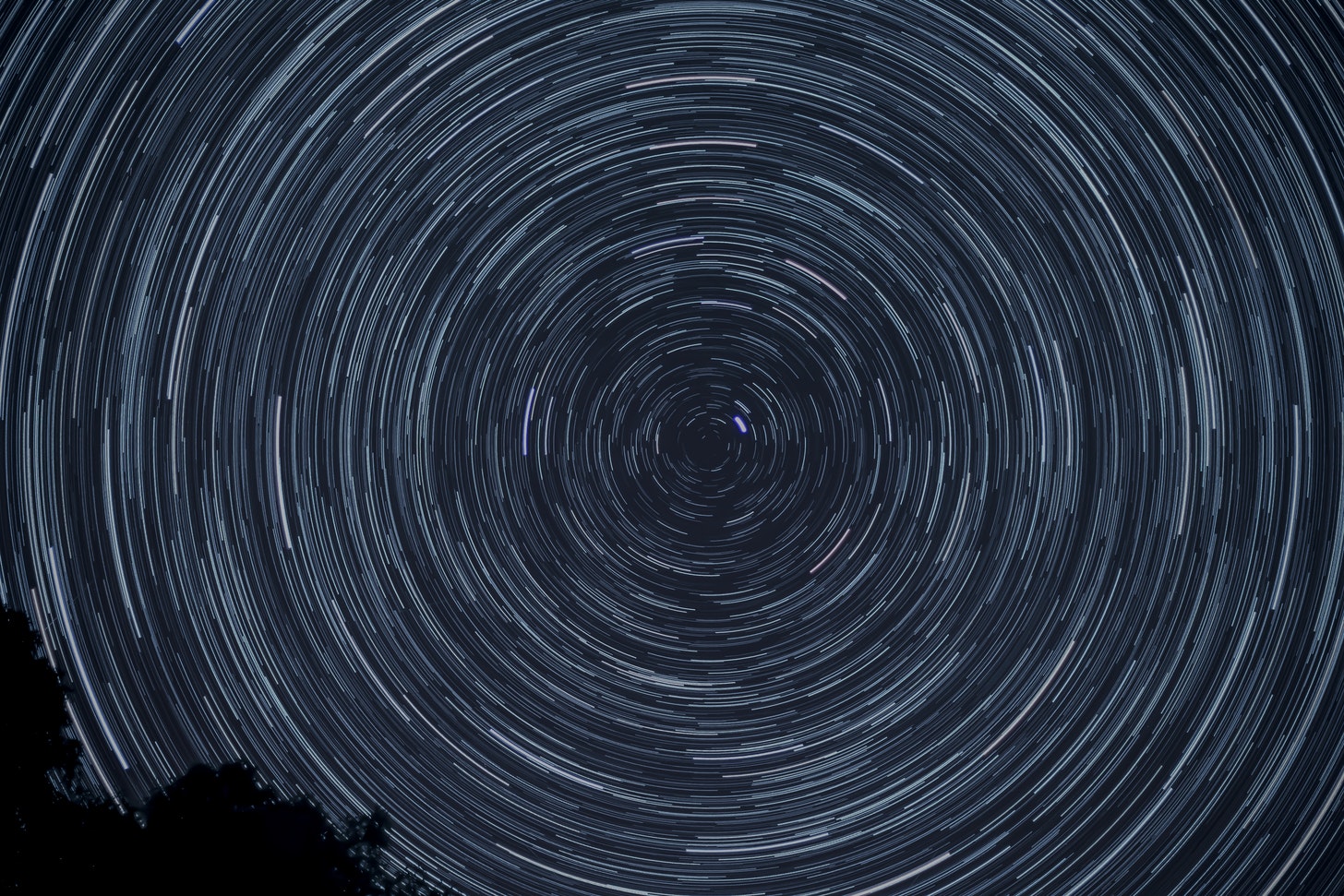
Last week during a coffee break, I discussed with a friend on white zones in France and the role that satellites can play in reducing them. Everybody pretty much agrees on the positive role that satellites can play in connecting the world. Here, I would like to set out my vision of the dark side of the recent initiatives toward this goal.
There are today several mega-constellation projects with the promise of offering a very high speed internet connection, at affordable prices and anywhere on the globe. Among the big players we find Starlink, OneWeb, Kuiper, O3b, Athena… In the years to come, it would not be surprising to see Apple, Alibaba or even a government like UAE join the race. All this to say that if these manufacturers stick to their plans, we should count between 50,000 and 100,000 additional satellites in low to medium earth orbit.
Other than the impacts, certainly controversial, linked to ecological (manufacturing, delivery, launch) and light (lots of new moving stars in the sky) pollution, I would like to set out three issues which, in my view, are critical:
- How to orchestrate satellites within and between constellations? A single collision can put all the constellations out of service. An error in the calculation of a satellite’s trajectory/position or the arrival of undetected space debris can result in generating thousands of other uncontrollable projectiles which will in turn cause further collisions. This could not only destroy several satellites (positioning, telecoms, observation), but also make the low and medium orbits unusable… almost for life!
- In order to avoid these accidents, it is imperative to continuously track thousands of satellites and space debris, or even to manoeuvre in order to minimize damages in the event of imminent accidents. This task is clearly superhuman, thus, reliance on algorithms and, worse, on artificial intelligence, is unavoidable. I say worse because artificial intelligence, as admired by investors and marketing people, will probably converge towards deep learning techniques: programs whose behaviour cannot really be predicted. Besides, between protecting satellites, people on earth, or the two astronauts on board the ISS, the Asimov’s laws of robotics will become more than relevant…
- Imagine that, due to some unexpected event, a Starlink and a OneWeb satellite are about to collide and that our artificial intelligence decides either one of the two satellites should be temporarily de-orbited. Let’s also imagine that the two satellites, because of this change of orbit, will not be able to ensure inter-satellite communications with their colleagues for the total duration of the manoeuvre. This will mean that not only the area covered by this satellite will be affected but also that the traffic exchanged between two trading rooms will be delayed by some ms, as it will be rerouted to a longer path. In short, neither of the two operators has any interest in moving because, well, “the customer is king”. How to decide?[1]
This editorial is long enough at this point, I’ll stop here for the moment. Next week, I’ll share three other points that, in my opinion, are more critical. In the meanwhile, if you agree/disagree, do not hesitate to drop a comment!
END OF TRANSMISSION.
[1] Not necessarily related but this situation reminds me of the funny conversation between an American warship and Spanish coastal agents here.